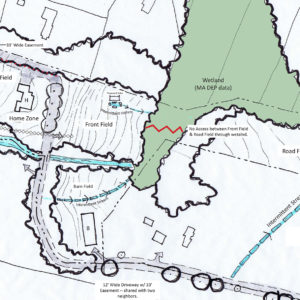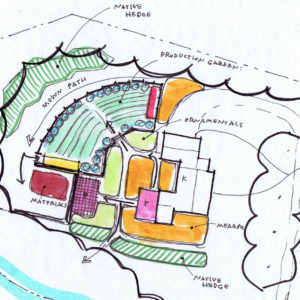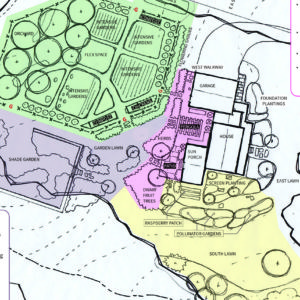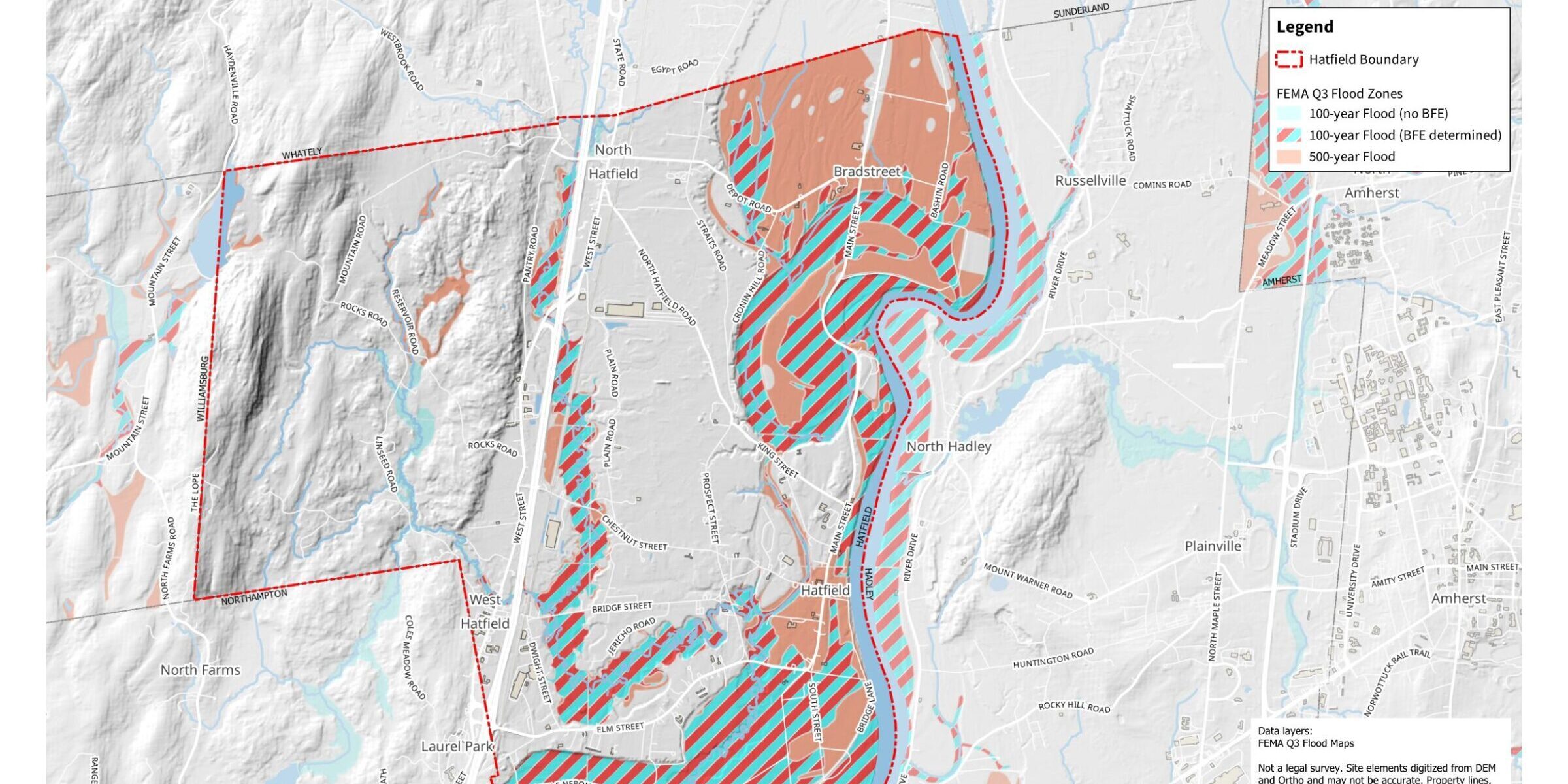A homestead stewardship report guides implementation of best practices, while schematic design sets priority projects in motion.
Private Client | Lancaster, MA
It’s always rewarding when attendees of workshops and presentations become clients of RDG. The client for this homestead planning project attended a NOFA/Mass-sponsored workshop at Wildside Cottage and Gardens, led by Jono Neiger. After touring the grounds and learning more about the approach to Wildside, she was excited to implement similar permaculture-inspired projects and stewardship practices on her land. When she came to us, she had been living on her new property for just over a year and was ready to dive into the planning process.
After living on a small suburban lot for several years, the reality of planning for and stewarding a 12.5 acre site presented new opportunities and challenges. The client had immediate goals to establish an orchard, install a substantial kitchen garden, increase pollinator habitat, and enhance outdoor gathering spaces near the house. More broadly, she wanted to know how to make sound stewardship and phasing decisions over the long term.
Because the two-acre home zone was a clear priority for first projects, we developed a schematic design with recommended implementation timeline. This included a third acre of intensive gardens, small fruit production, and space for a dozen chickens. Additional features included outdoor gathering and eating spaces, a shade garden surrounded by a remnant stone foundation, and an expanded stream buffer.
In response to the wish for long term management guidance, RDG wrote a Whole Farm Stewardship Report outlining general best practices for stewardship of soils, streams and drainages, wetlands, pasture, hayfields, meadows, and livestock. Recommendations specific to the client’s land and goals were also included, as was advice on maintaining Chapter 61A status through new management regimes.
Key Features
- Enhanced ecological services
- Stream, drainage, + wetland enhancement
- Intensive kitchen garden
- Pollinator gardens
- Enhanced outdoor living spaces
Services Provided
- Site assessment
- Stewardship report
- Schematic design
- Conceptual timeline
- Implementation notes

Vegetated filter strips and stream buffers clean runoff water; provide a moist-to-wet microclimate for perennial market crops; and create habitat that can improve organic pest management. Intermittent streams should have vegetated buffers of 10-20’ on each side. Perennial streams should have buffers of 20-75’ on each side (or more depending on soils, slope, stream flow, and surrounding land uses). Vegetation is more effective if it consists of shrubs and dense herbaceous cover.
Whole Farm Stewardship Report









